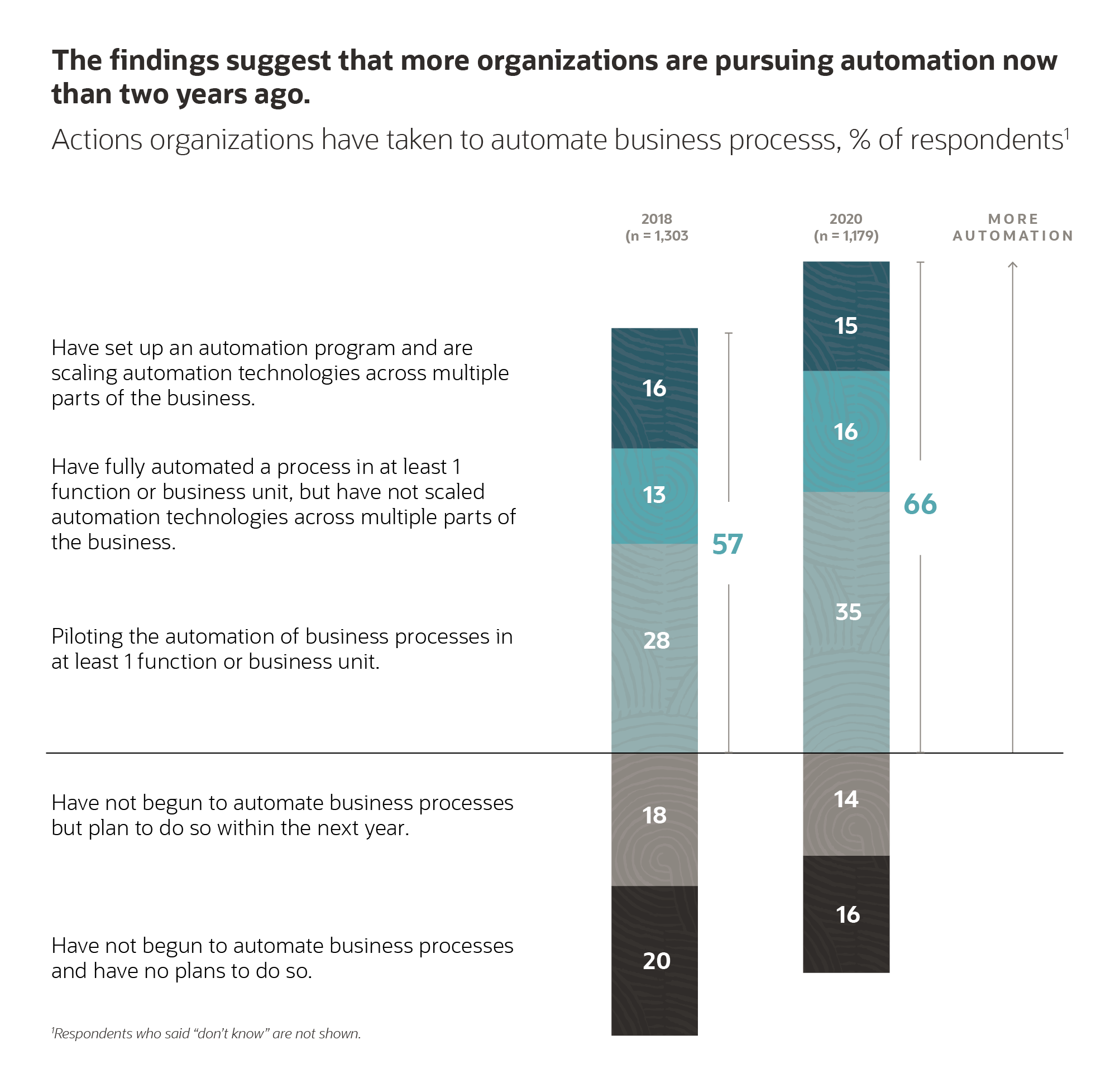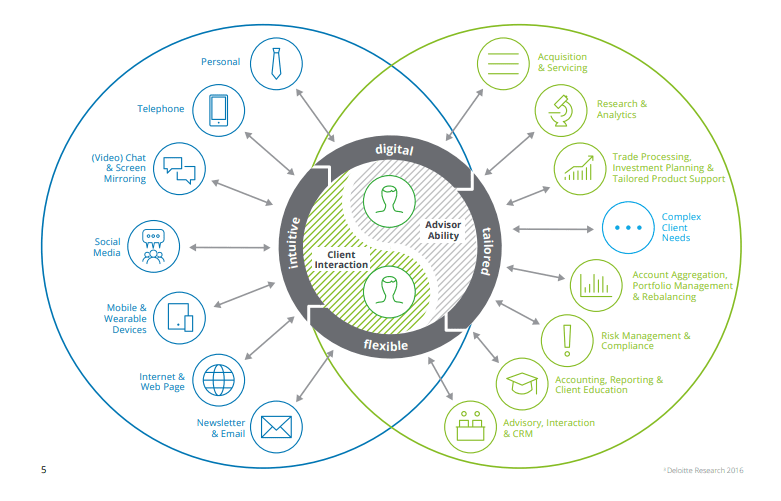The speed at which ITSM evolves is phenomenal. Today, it’s not just about solving customer issues, but also empowering them to sort things out on their own so that better support can be given to more complex issues. However, companies may sometimes find it overwhelming to handle these needs at the pace that ITSM is evolving. Add to this the changes in traditional work structures — especially post the 2019 pandemic.
This does not mean that it’s going to be hard to survive. With a few strategies in place, your company will be better able to move at a sustainable pace along with changing ITSM scenarios.
Will these strategies ensure 100% immediate success? Maybe not. However, they are definitely a good place to start and will give you the leverage you need. Keep in mind that you may have to mix and match these strategies to find out the best one for you.
So here goes!
1. Create a Culture of Constant Self-Evaluation and Change at Org Level
Self-evaluation helps in identifying chinks and problems in IT service management. This is crucial if you want to improve your services — after all, if you don’t know what you are doing wrong, how will you improve at all?
Now, when we talk about self-evaluation and change, there are three keywords to keep in mind.
- ‘Culture’: Self-evaluation and change have to be ingrained into your organization’s very culture, and not just appear as a short-term initiative.
- ‘Constant’: When you make self-improvement part of your culture, improvement becomes a constant factor. Continuous improvement is very important to stay ahead in the race.
- ‘Org-level’: It’s not enough if you try to implement this culture just at a departmental or unit level as it may not lead to a change that will really improve things at a larger scale.
2. Leverage Automation Technology
About 31% of businesses have fully automated at least one function as of 2020, according to McKinsey. Obviously, there is no denying that automation is going to be an essential component of almost every business activity. As such, how can IT service management be left behind? After all, customers today want great solutions, and don’t want to wait!

The speed and efficiency of problem-solving that customers expect today can only be achieved through the correct use of automation. Here are some automation ideas you can use.
- Automation in workflows: automating your workflows will save a lot of time and effort on repetitive tasks, thereby letting your team give better, more useful solutions.
- Automated support: from addressing repetitive and routine queries to efficient ticketing, data collection, etc., using automated support services such as chatbots can be powerful assets to improve your IT services.
- Automating onboarding: onboarding – whether for customers or employees – involves a lot of actions that can be made swift and easy through automation, so that more time and attention can be given to the people being onboarded.
Darshan Somashekar, who runs puzzle and brain training site im-a-puzzle, explains, “When we don’t have the technological bandwidth on our team to automate certain tasks, we lean on our virtual assistants. For example, when a new team member joins, our virtual assistants are in the background setting up user accounts. The end result is automation and a seamless experience for our team.”
3. Orient Departmental Goals Towards Business Goals
If all the units of a company are not oriented towards the same goal, it won’t lead to desirable results. For example, while functions such as Human Resources, Accounts, and Customer Support have their own roles to play, they have to carry out their activities keeping in mind the same organizational goal.
This can be achieved by first clearly and objectively spelling out business goals that can be analyzed and measured in regards to each department and unit. All managers, unit heads and leaders have to be a part of this process, whether or not they are part of IT.
While this is important in any industry, it is especially vital in ITSM because things are quick-paced and everyone will have to be hands-on at all times. Everyone will have to know how to handle difficult queries from customers, at least to some extent.
4. Make IT a Pivotal Department
Adding on to the previous point, it is not just enough to orient everyone towards the same goal – you will also have to put IT at the core of everything.
For example, the marketing team should plan strategies around the company’s technical abilities, not the warmth of its employees. Similarly, Human Resources will have to reduce the budget set for an employee engagement activity if the budget for hiring a better candidate in IT has to be increased. Finance will have to work around the company’s financials primarily based on the requirements of the IT department.
When this happens, IT itself will be better able to find the flexibility and support it needs to execute its services better.
5. Develop a Client-Centric Approach
A study by Deloitte showed that client-centric companies are 60% more profitable! This does not simply mean that the company should bend its rules a bit or go an extra mile for a valuable client. It also means that the clients should find it easier not just to receive the services that they have paid for, but also to get issues resolved.

A great idea would be to make IT professionals more accessible to the clients when needed so that your customers can get the most accurate solutions without having to wait too long!
In a client-centric approach, your decisions have to answer two simple questions:
- Will this decision result in more customers?
- Will this decision retain my customers?
Let’s take an example to illustrate this. Company ‘A’ has just asked its HR department to maintain an Excel sheet documenting every single thing that they do — what time the new onboarded have been given their orientation, what time they were given a tour of the whole premises, how many people are attending every team-building exercises and so on.
The CEO is extremely particular that every action should be documented by the HR department. As a result, HR finds itself spending more hours on sheets and documents, and is not able to put in as much effort into hiring really good candidates for the IT department – which actually should have been the priority!
Whether or not Company ‘A’ would have done great as a business is left for you to decide. The point here is that spending more time on hiring a candidate with the right set of skills and knowledge is more important than documenting who all showed up for the internal Friday night quiz activity.
Does this mean you should become a demanding task-master who only thinks about profit? Certainly not!
When you ask yourself those two essential questions, your employees’ happiness also comes as part of the answer. The question is, how much time and energy are you wasting on activities that will yield little to no result?
Change is Not Easy!
If you’ve been trying hard to implement new strategies to improve your ITSM without enough results as fast as you expected them, don’t lose hope! You have made the right investment – with steadfast efforts, you will reap the benefits too.
- Give it time: Most importantly, be patient. There will be setbacks and roadblocks on the way. Change is not easy – but with time, the dust always settles.
- Be consistent: Time will always bear results – but only if you are consistently keeping your efforts at implementing change. Remember, there is a fine line between pushing change, and everyone proactively accepting change.
- Incentivize: Incentives and rewards are a classic way to edge people to accept change. Bear in mind that while your ‘why’ to accept change may be a future business goal, it may not be the same for your teammates. So plan accordingly.
- Make everyone a part of the process: As much as you can, make the ideas for change look like everyone’s contribution towards improving ITSM — and not as a whim that you are forcing on the others. Do this by involving everyone — ask for suggestions, implement ideas, recognize those who are contributing towards the change in whatever capacity they are.
Final Thoughts
Like we said earlier, you may have to mix and match these strategies to create something that will suit you best. Often ITSM improvement strategies can complement each other, going in a flow – so be open, and keep learning.
However, whatever approach you use, do remember a few key ideas from this post, such as being consistent, always thinking about the end-goal, and constantly self-evaluating, and you will be on the right track.


